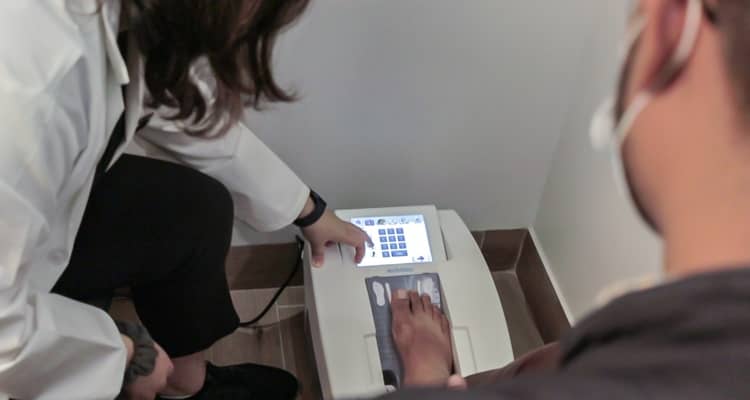BMD Test Facility
A bone density scan, also known as a DEXA scan, is a type of low-dose x-ray test that measures calcium and other minerals in your bones. The measurement helps show the strength and thickness (known as bone density or mass) of your bones.
Most people's bones become thinner as they get older. When bones become thinner than normal, it's known as osteopenia. Osteopenia puts you at risk for a more serious condition called osteoporosis. Osteoporosis is a progressive disease that causes bones to become very thin and brittle. Osteoporosis usually affects older people and is most common in women over the age of 65. People with osteoporosis are at higher risk for fractures (broken bones), especially in their hips, spine, and wrists.
Other names: bone mineral density test, BMD test, DEXA scan, DXA; Dual-energy x-ray absorptiometry
What is it used for?
- A bone density scan is used to:
- Diagnose osteopenia (low bone mass)
- Diagnose osteoporosis Predict risk of future fractures See if treatment for osteoporosis is working
Why do I need a bone density scan?
Most women age 65 or older should have a bone density scan. Women in this age group are at high risk for losing bone density, which can lead to fractures. You may also be at risk for low bone density if you:
- Have a very low body weight
- Have had one or more fractures after the age of 50
- Have lost a half inch or more in height within one year
- Are a man over the age of 70
- Have a family history of osteoporosis



